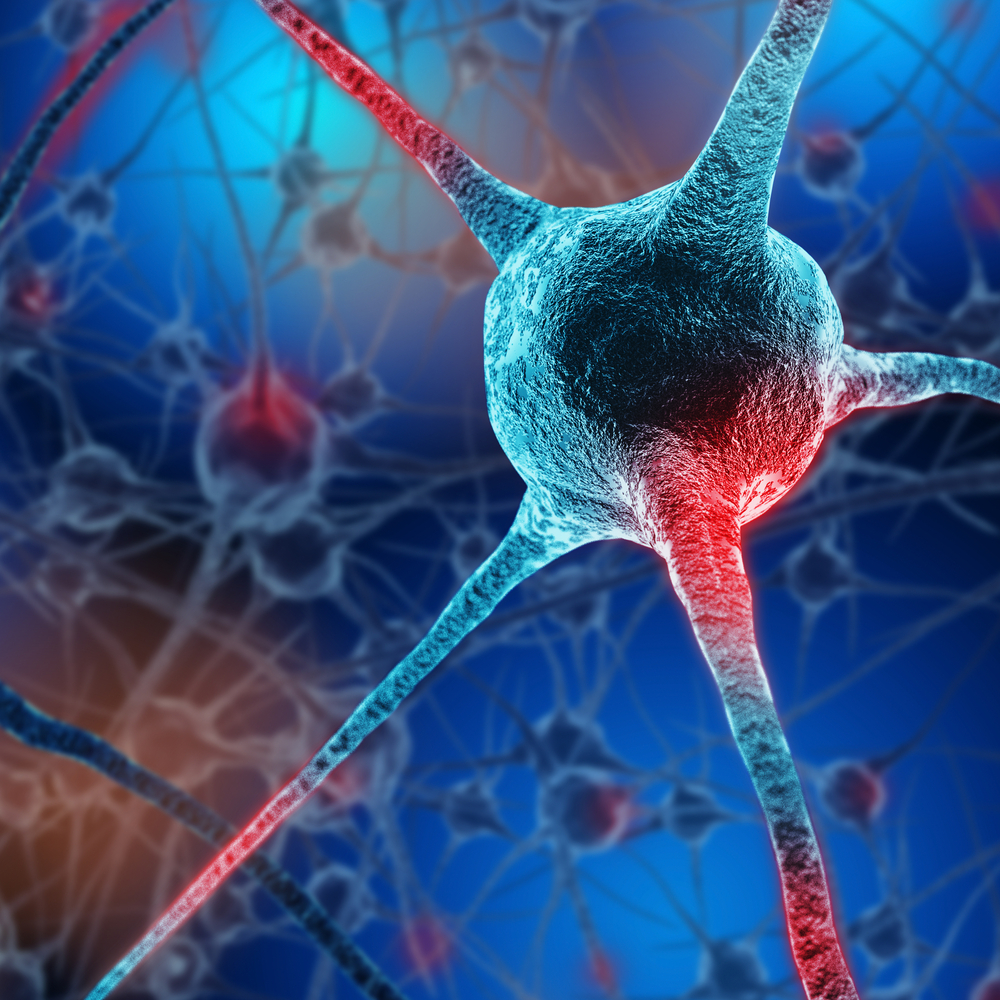New Research Identifies Novel Type of Cell Death in Huntington’s Disease
Written by |

Researchers have identified a new mechanism of cell death in Huntington’s disease called “ballooning cell death” (BCD), according to new research from Tokyo Medical and Dental University.
The study, “Targeting TEAD/YAP-Transcription-Dependent Necrosis, TRIAD, Ameliorates Huntington’s Disease Pathology,” was published in the journal Human Molecular Genetics.
Huntington’s disease is caused by mutations in the gene encoding the protein huntingtin (HTT). The mutated protein loses its normal activity, promoting neuronal death and loss and the development of the clinical manifestations of the disease, such as cognitive deficits, motor deficiencies, and involuntary movements.
Over the years, scientists have identified three main types of cell death mechanisms: apoptosis (cells program themselves to die after certain stimuli); necrosis (cells die suddenly due to particularly severe stimuli); and autophagy (the cell starts “eating” their own components for energy to survive, but if this process is carried out in excess, the cell dies). However, researchers have not been able to determine which type of cell death causes neurodegeneration in the brains of patients with Huntington’s disease.
Using new imaging techniques and cell cultures, researchers identified a novel mechanism of cell death associated with mutated HTT, which they called BCD. Cells dying through this process gradually expand like a balloon until the cell’s membrane ruptures.
“The endoplasmic reticulum [where most proteins are produced] was the main origin of ballooning,” Ying Mao, lead author of the study, said in a news release. “Rupture of the endoplasmic reticulum into the cytosol was followed by gradual cell body ballooning, nuclear shrinkage, and cell rupture.”
Similar results were observed when the team analyzed the endoplasmic reticulum in mice with Huntington’s disease. By using other laboratory techniques to further understand this cell death process, they concluded that BCD was not similar to apoptosis or autophagy, but shared some similarities with necrosis. Necrosis can be triggered by reduced levels of two proteins that work together: TEAD and YAP – a mechanism called TRIAD – as is BCD.
“We noticed multiple similarities between BCD and a unique form of necrosis called TRIAD, which is caused by inhibition of RNA polymerase II [a protein that participates in protein synthesis] in neurons,” said senior author Hitoshi Okazawa. “Based on our existing knowledge of how TRIAD is regulated, we were able to show that BCD is mediated by impaired TEAD/YAP transcription.”
This led researchers to test whether increasing the levels of TEAD/YAP in mice with Huntington’s disease would improve their symptoms. They introduced S1P, a lipid molecule that promotes the production of the two proteins, and found that this not only stabilized the size of the endoplasmic reticulum, but also delayed the decline in the motor function of the animals.
The authors concluded that “approaches targeting the signaling pathway of TEAD/YAP-transcription-dependent necrosis (TRIAD) could lead to a therapeutic development against [Huntington’s disease].”





